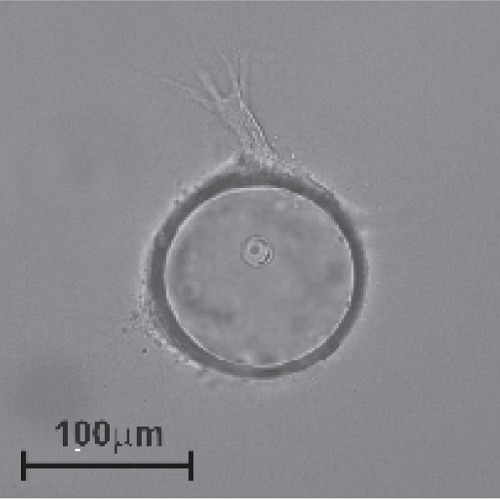Endothelial-specific deficiency of Junctional Adhesion Molecule-C promotes vessel normalisation in proliferative retinopathy.
In proliferative retinopathies, like proliferative diabetic retinopathy and retinopathy of prematurity (ROP), the hypoxia response is sustained by the failure of the retina to revascularise its ischaemic areas. Non-resolving retina ischaemia/hypoxia results in upregulation of pro-angiogenic factors and pathologic neovascularisation with ectopic, fragile neovessels. Promoting revascularisation of the retinal avascular area could interfere with this vicious cycle and lead to vessel normalisation. Here, we examined the function of endothelial junctional adhesion molecule-C (JAM-C) in the context of ROP. Endothelial-specific JAM-C-deficient (EC-JAM-C KO) mice and littermate JAM-C-proficient (EC-JAM-C WT) mice were subjected to the ROP model. An increase in total retinal vascularisation was found at p17 owing to endothelial JAM-C deficiency, which was the result of enhanced revascularisation and vessel normalisation, thereby leading to significantly reduced avascular area in EC-JAM-C KO mice. In contrast, pathologic neovessel formation was not affected by endothelial JAM-C deficiency. Consistent with improved vessel normalisation, tip cell formation at the interface between vascular and avascular area was higher in EC-JAM-C KO mice, as compared to their littermate controls. Consistently, JAM-C inactivation in endothelial cells resulted in increased spreading on fibronectin and enhanced sprouting in vitro in a manner dependent on ?1-integrin and on the activation of the small GTPase RAP1. Together, endothelial deletion of JAM-C promoted endothelial cell sprouting, and consequently vessel normalisation and revascularisation of the hypoxic retina without altering pathologic neovascularisation. Thus, targeting endothelial JAM-C may provide a novel therapeutic strategy for promoting revascularisation and vessel normalisation in the treatment of proliferative retinopathies.

- Thromb. Haemost. 2015 Nov 25;114(6):1241-9
- 2015
- Medical Biology
- 26311310
- PubMed
Enabled by:
